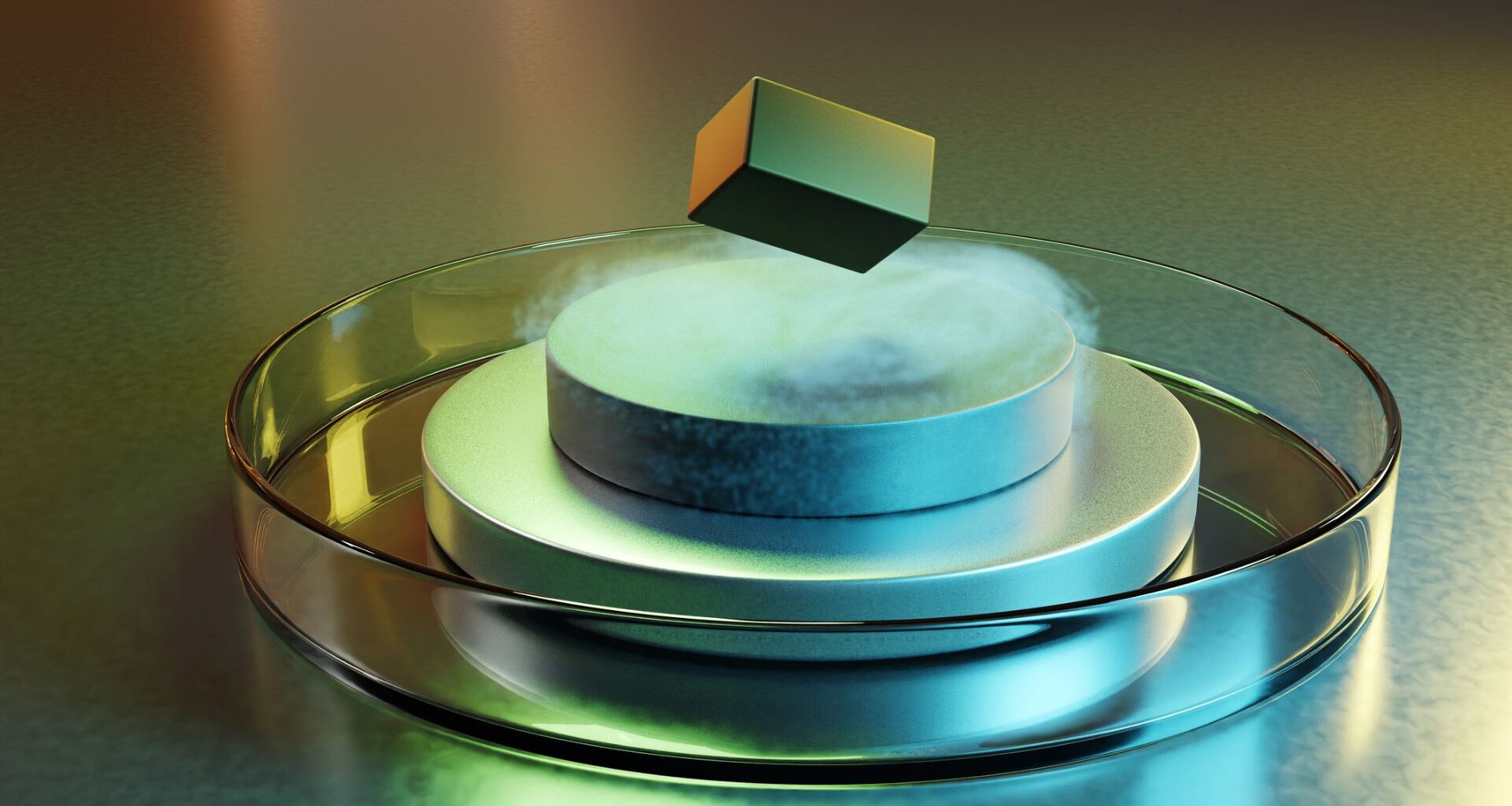Researchers at the University of Nevada, Reno, have tapped into the relatively unexplored field of quantum geometry to improve the temperature at which two-dimensional superconductors continue to work. The approach will help increase the critical temperature of superconductors, a point at which superconductors stop working.
Superconductors have already made it to mainstream modern technology, finding power transmission, medical imaging, and transportation applications. Unlike regular conductors, these materials can transmit electricity without offering any resistance and without the loss of any energy. However, they need extremely low temperatures to operate, posing a challenge for widespread applications.
When the temperature of a superconductor increases beyond a certain point, it loses its superconducting properties. This is known as the critical temperature. Researchers have been working to find superconductors that can work at relatively higher temperatures, known as high-temperature superconductors.
A team of researchers led by Yafis Barlas, an assistant professor at the University of Nevada, Reno, has found a possible solution to the problem using quantum geometry.
How do superconductors work?
The key to superconductivity is the pairing of electrons. There are multiple ways in which electrons can pair up, even though they have the same charge. However, once electrons are paired, they move cooperatively, which is crucial in allowing electricity to flow without any losses. However, the presence of a magnetic field can destroy superconductivity.
At a certain threshold, magnetic fields can cause metals to return to their normal state, losing their superconductivity. Below this threshold, though, magnetic fields create normal regions inside the superconductor. Here, paired electrons protect the superconductor from normal regions and create vortices instead, a phenomenon seen in Type II superconductors.
In a two-dimensional superconductor, the superfluid density is maintained by two vortices rotating in opposing directions. Interestingly, these vortices can also be created by changes in temperature and are prone to break when the temperature of the superconductor exceeds a certain point.
 A Cooper pair (two electrons, pictured in white) in a class of superconductors. The momentum-space vortex structure (shown in blue and red) results in the concentrated quantum geometry, increasing the critical superconducting temperature. (Image credit: Miaoru Guo and Qiujun Liu.)
A Cooper pair (two electrons, pictured in white) in a class of superconductors. The momentum-space vortex structure (shown in blue and red) results in the concentrated quantum geometry, increasing the critical superconducting temperature. (Image credit: Miaoru Guo and Qiujun Liu.)
How quantum geometry can help
Barlas and his team of researchers have now shown that quantum geometry can help increase the temperature at which these vortices break. Researchers are keen to understand various phenomena in the quantum realm. Lesser known among them is quantum geometry, which gives these phenomena a geometrical structure.
The researchers found that when quantum geometric properties of electron pairs are concentrated, the strict conditions required for superconductivity can be relaxed. In such a scenario, temperatures can be increased, and as currents and magnetic fields are also increased, there is no loss in superconductivity.
“People have only recently started to realize the influence of quantum geometry,” said Barlas in a press release. “We can use this quantum geometry to increase the energy cost for these vortices. And when the energy cost for bound vertices increases, you increase critical temperature.”
The researchers are confident that future work in this area will develop new superconducting states that leverage quantum geometry.
